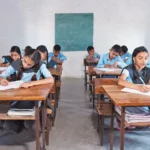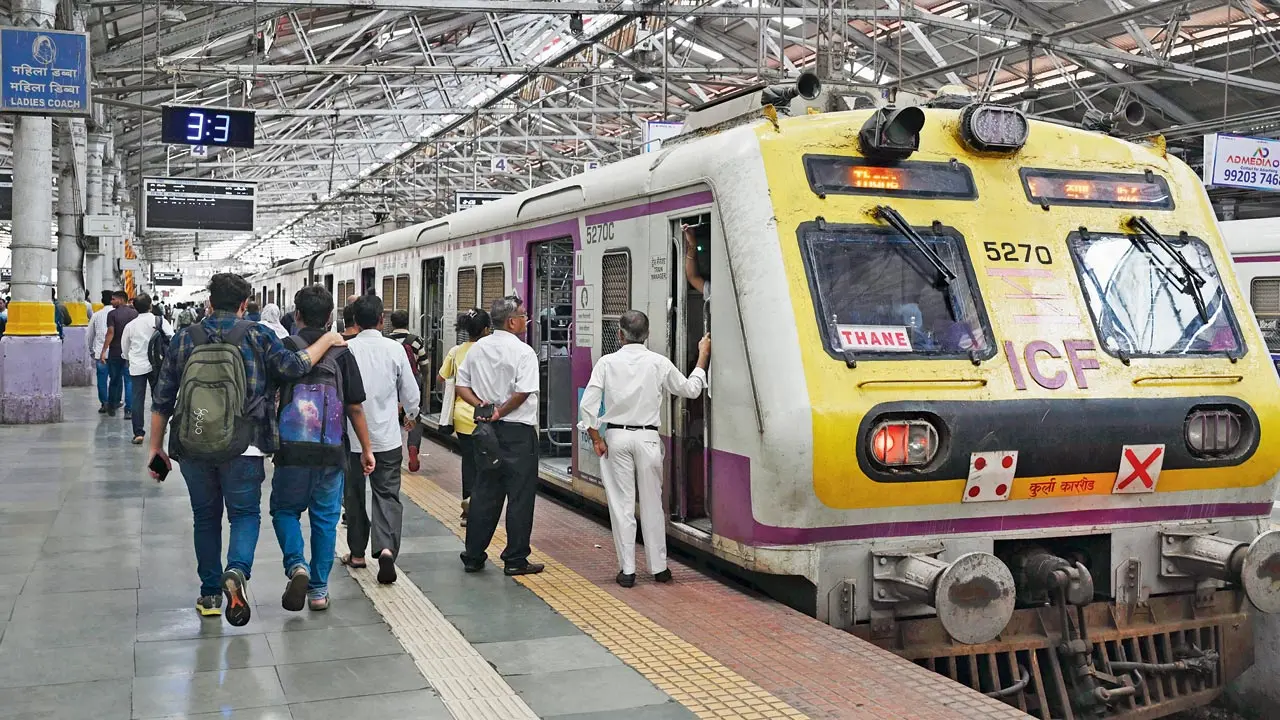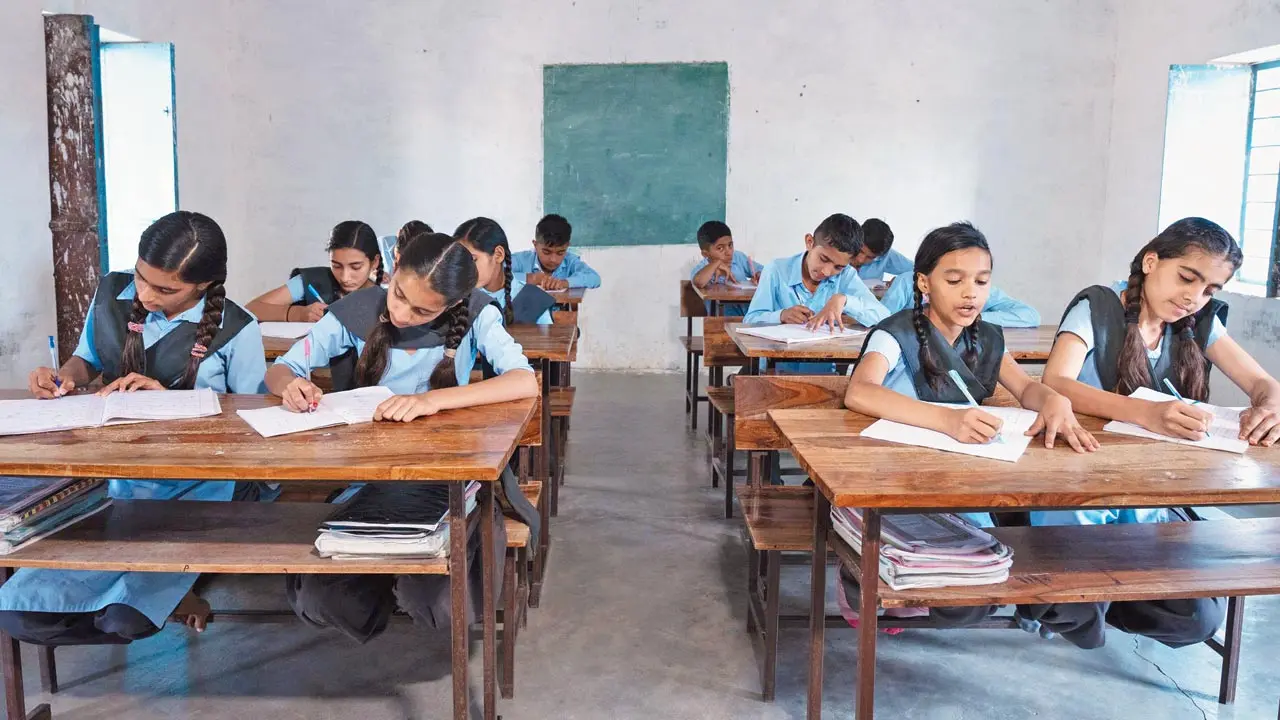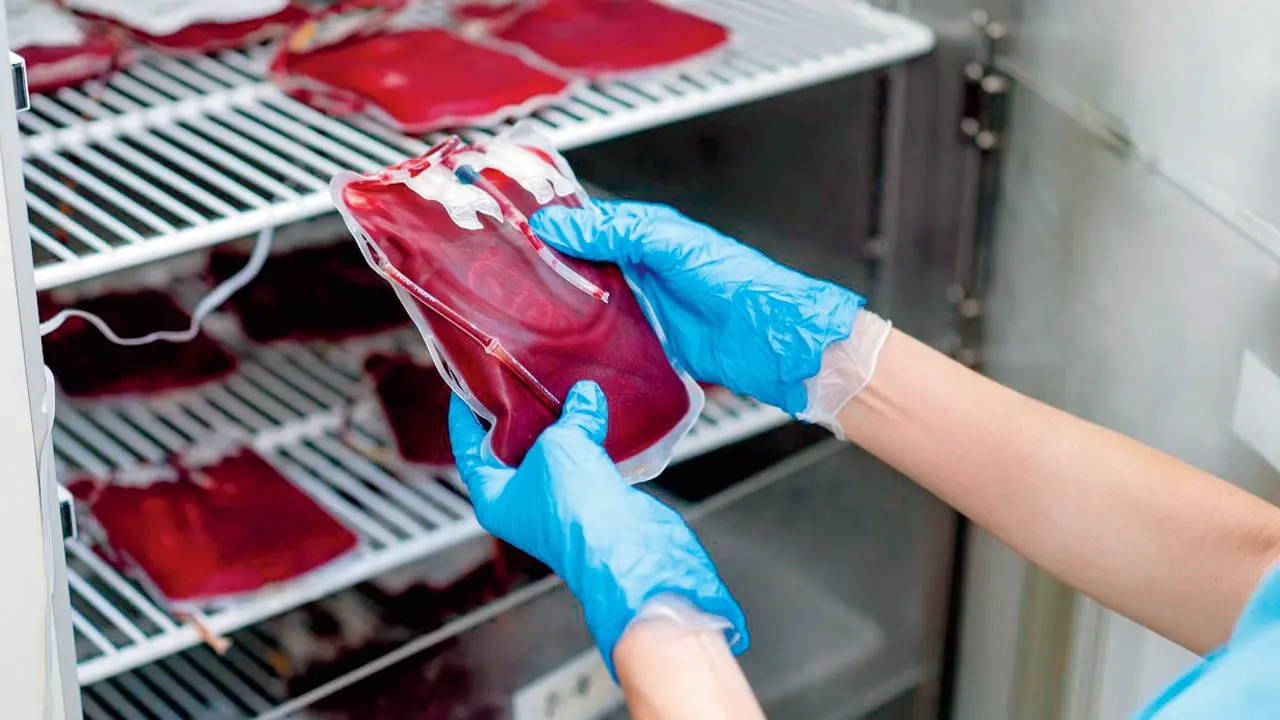To ease the daily crush of Mumbai’s commuter traffic, Central Railway (CR) has begun converting 20 of its existing 12-car suburban rakes into 15-car formations at one go, marking one of the most significant capacity expansions on the line in over a decade. The upgrade, long demanded by commuters and transport planners, will add an estimated 3,12,000 to 3,36,000 additional passenger-carrying slots per day, thanks to the extra three coaches in each rake and the 12-13 trips typically operated by a single train set.
Sources said that with this, it will also be advisable for the Railways to rationalise the number of services too. This adjustment will be necessary to account for the additional running time associated with the longer rake formations, as well as the modified acceleration and braking characteristics of 15-car trains.
An old signal building at CSMT, which is being demolished to increase the length of platforms. Pic/Rajendra B Aklekar
The updated timings and operational tweaks will ensure smoother integration of the longer trains into the existing timetable while minimising delays and maintaining punctuality across the network.
Long-awaited relief
For the commuter who grapples daily with crowded platforms and jam-packed compartments, the change will be tangible. Each 15-car train adds about 25 per cent or 1200 extra passengers per trip, a vital increase during peak-hour services.
A suburban local train at CSMT. File pic/Ashish Raje; (right) Station renovation work is carried out to increase the length of platforms at Kalwa station. Pic/Rajendra B Aklekar
With 20 rakes undergoing conversion at one go, the additional carrying capacity builds up exponentially. While infrastructure constraints — primarily platform length — had stalled wider implementation earlier, CR is now rapidly completing platform extensions on key sections of the main line on the Kalyan-Kasara-Khopoli section, clearing the path for the upgrade. The conversion is no simple mechanical exercise. Workshops must rearrange coaches, extend brake pipes, synchronise electrical systems, and overhaul train control circuitry to align with the longer formation in a coordinated effort involving the division and workshops.
The 34 stations
Railways has been increasing the length of platforms to accommodate longer trains at 34 stations, including Vithalwadi, Ulhasnagar, Ambernath, Karjat, Khopoli, Ambivli, Vasind, Asangaon, Atgaon, Badlapur, Bhivpuri, Shelu, Palasdhari, Kelavli, Dolavli, Thansit, Umbermali, Khardi, Vikhroli, Mumbra, Kalwa, Kopar, Thakurli, Lowjee, Shahad, Titwala, Kasara. Work at the remaining seven stations of Chhatrapati Shivaji Maharaj Terminus, where an old signal building needs to be demolished, and stations like Thane, Diva, Kalyan, Vangani and Khadavli are likely to be completed by March 2026.
Commuter speak
Siddhesh Desai, Commuter rights activist
‘Adding three coaches to 12-car locals increases carrying capacity by 25 per cent per train. The 15-car configuration will help remove capacity bottlenecks, improve throughput [the maximum amount of cargo that can pass through a railway system], and reduce crowding across peak services. This conversion can reduce platform dwell-time variance by 8 to 12 per cent, enabling more punctual operations and improving commuter safety.’
Nazim Ansari, Mumbra-based commuter rights activist
‘Yes, 15-car trains can improve crowd management to some extent. But still, it will not create much impact. The sequence of compartments should be tweaked. Also, pending projects must be completed on priority. Unfortunately, much money was spent on beautification, not on improving services. There is a railway crossing near Diva, which also delays train movement.’
Madhu Kotian Member, Mumbai Rail Pravasi Sangh
‘We welcome the decision. With these new rakes, 25 per cent more crowds on platforms will be cleared immediately. There is no other alternative. Commuters will gain entry into a compartment where they can stand safely. Every welfare decision will save the lives of commuters.’











